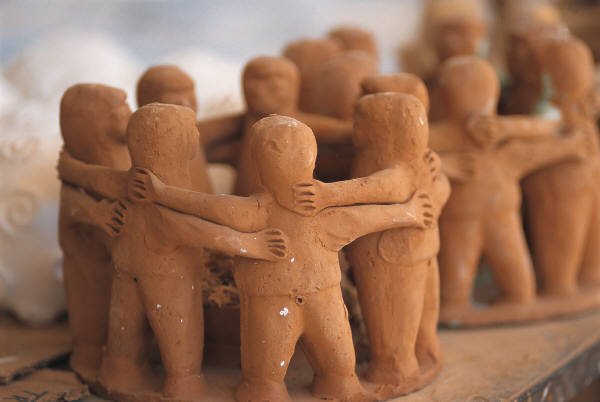What separates management from true leadership?
The distinction between being a boss and being a leader is crucial in today’s workplace. While both roles involve guiding others, the approach and impact can be dramatically different. This comparison highlights the key differences in mindset and behavior that separate traditional bosses from effective leaders.
BOSS
LEADER
Drives Employees
Coaches Them
Depends on Authority
Depends on Goodwill
Inspires Fear
Generates Enthusiasm
Says “I”
Says “We”
Places Blame for the Breakdown
Fixes the Breakdown
Knows How it is Done
Shows How it is Done
Uses People
Develops People
Takes Credit
Gives Credit
Commands
Asks
Says “Go”
Says “Let’s Go”
Which Are You?
The most effective managers in today’s workplace embody the qualities of true leadership. While being a boss might gain short-term compliance, being a leader builds long-term commitment and fosters a culture of growth, innovation, and mutual respect.
Leadership isn’t about position or title—it’s about influence, inspiration, and empowerment. By shifting from commanding to coaching, from taking credit to giving it, and from saying “I” to saying “We,” anyone in a management role can transform their impact and truly lead their team to success.
Join the Conversation
Have you worked with both bosses and leaders? What differences did you notice in team morale, productivity, and creativity? Share your experiences in the comments below.

